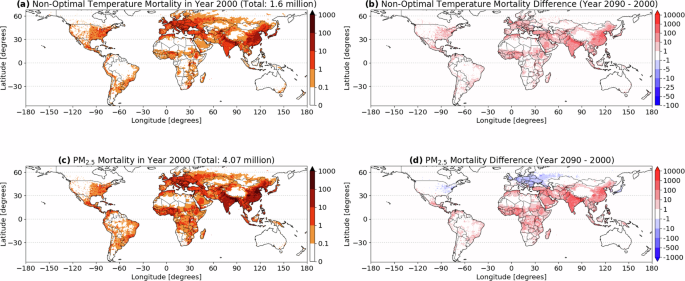- Select a language for the TTS:
- UK English Female
- UK English Male
- US English Female
- US English Male
- Australian Female
- Australian Male
- Language selected: (auto detect) - EN
Play all audios:
Access through your institution Buy or subscribe For centuries, plants have provided a broad palette of molecules essential to human medicine for the treatment of various illnesses such as
infectious diseases, neurodegenerative disorders and cancers. However, manufacturing these precious medicines has always been challenging. Indeed, plant-derived pharmaceutical drugs often
display complex structures, precluding their chemical synthesis at industrial scales. In addition, these compounds accumulate naturally in minute amounts in the source plants, which explains
their unsustainable and highly costly supply. The emergence of synthetic biology in the early 2000s opened up alternative routes to produce prominent plant-derived medicines. In 2006, Ro et
al. published a seminal article in _Nature_ reporting the biosynthesis of a complex plant natural product to treat malaria by an engineered microorganism. Malaria kills hundreds of
thousands of people each year. Treatment with the highly valuable molecule artemisinin and its derivatives has dramatically reduced this death toll, as acknowledged with the 2015 Nobel Prize
in Physiology or Medicine awarded to Tu Youyou. However, the effect of such a treatment has been hampered by restricted access to the source plant, the annual wormwood _Artemisia annua_. Ro
et al., with the Keasling laboratory, developed a game-changing approach by creating a yeast strain capable of synthesizing artemisinic acid, a precursor of the antimalarial drug. This is a
preview of subscription content, access via your institution ACCESS OPTIONS Access through your institution Access Nature and 54 other Nature Portfolio journals Get Nature+, our best-value
online-access subscription $29.99 / 30 days cancel any time Learn more Subscribe to this journal Receive 12 print issues and online access $209.00 per year only $17.42 per issue Learn more
Buy this article * Purchase on SpringerLink * Instant access to full article PDF Buy now Prices may be subject to local taxes which are calculated during checkout ADDITIONAL ACCESS OPTIONS:
* Log in * Learn about institutional subscriptions * Read our FAQs * Contact customer support REFERENCES ORIGINAL ARTICLES * Ro, D.-K. et al. Production of the antimalarial drug precursor
artemisinic acid in engineered yeast. _Nature_ 440, 940–943 (2006) Article CAS PubMed Google Scholar * Paddon, C. J. et al. High-level semi-synthetic production of the potent
antimalarial artemisinin. _Nature_ 496, 528–532 (2013) Article CAS PubMed Google Scholar Download references AUTHOR INFORMATION AUTHORS AND AFFILIATIONS * University of Tours, Tours,
France Vincent Courdavault * University of Angers, University of Brest, IRF, Angers, France Nicolas Papon Authors * Vincent Courdavault View author publications You can also search for this
author inPubMed Google Scholar * Nicolas Papon View author publications You can also search for this author inPubMed Google Scholar CORRESPONDING AUTHOR Correspondence to Vincent
Courdavault. ETHICS DECLARATIONS COMPETING INTERESTS The authors declare no competing interests. RIGHTS AND PERMISSIONS Reprints and permissions ABOUT THIS ARTICLE CITE THIS ARTICLE
Courdavault, V., Papon, N. Metabolic engineering of plant medicines. _Nat Rev Genet_ 25, 307 (2024). https://doi.org/10.1038/s41576-024-00705-1 Download citation * Published: 09 February
2024 * Issue Date: May 2024 * DOI: https://doi.org/10.1038/s41576-024-00705-1 SHARE THIS ARTICLE Anyone you share the following link with will be able to read this content: Get shareable
link Sorry, a shareable link is not currently available for this article. Copy to clipboard Provided by the Springer Nature SharedIt content-sharing initiative


:max_bytes(150000):strip_icc():focal(319x0:321x2)/people_social_image-60e0c8af9eb14624a5b55f2c29dbe25b.png)




